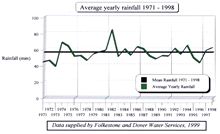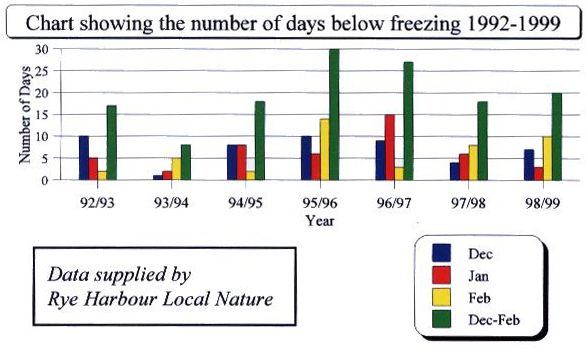Romney Marsh Countryside Partnership
Water Voles
Habitat Management Advice
The Romney Marsh and the adjoining river valleys are at a high risk from flooding due to the low-lying nature of the land. The complex ditch network on the Marsh is vital to landowners and the Environment Agency in draining and irrigating the landscape. However, water voles need a sympathetic management of ditches to flourish in order to provide them with vegetation cover and food.
Best Practice for Managing Ditches:
- Ditch work or weed cutting should be carried out in the autumn to minimise disturbance
- Ensure a fringe of vegetation is left along the water’s edge on at least one of the ditch banks
- Try to leave sections of ditches or corners uncut in any one year
- Create bays at un-managed corners if appropriate
- Restrict the grazing of livestock on specific ditches whenever possible, through fencing
It is a legal requirement to have a six metre no-spray zone adjacent to all surfaces and ditches for certain chemicals. Further information can be found in Local Environment Risk Assessments for Pesticides (LERAPS) available from the Department of Environment Farming and Rural Affairs (DEFRA).
Arable Margins
Leaving 2 metre or 6 metre margins sown or with natural regeneration on the margins of arable fields are beneficial not just for Water Voles, but to a whole range of marginal plants, farmland birds and insects. Different seed mixtures are available under the Countryside Stewardship Scheme (CSS); the red clover mixes are particularly good for bumblebee forage. See below for more details of the Scheme.
Benefits of arable margins:
- Allows easy access for ditch maintenance
- Prevents harmful weeds spreading into cropped areas
- Stabilises the banks
- Saves costs by not farming field margins, which might have poor yields
- Enhances the water quality of the ditches
Fencing
Fencing on ditch banks in grazed fields can be beneficial for water voles in the right circumstances, especially where the grazing pressures are high and poaching of the banks occur. Temporary electric fencing is favoured most.
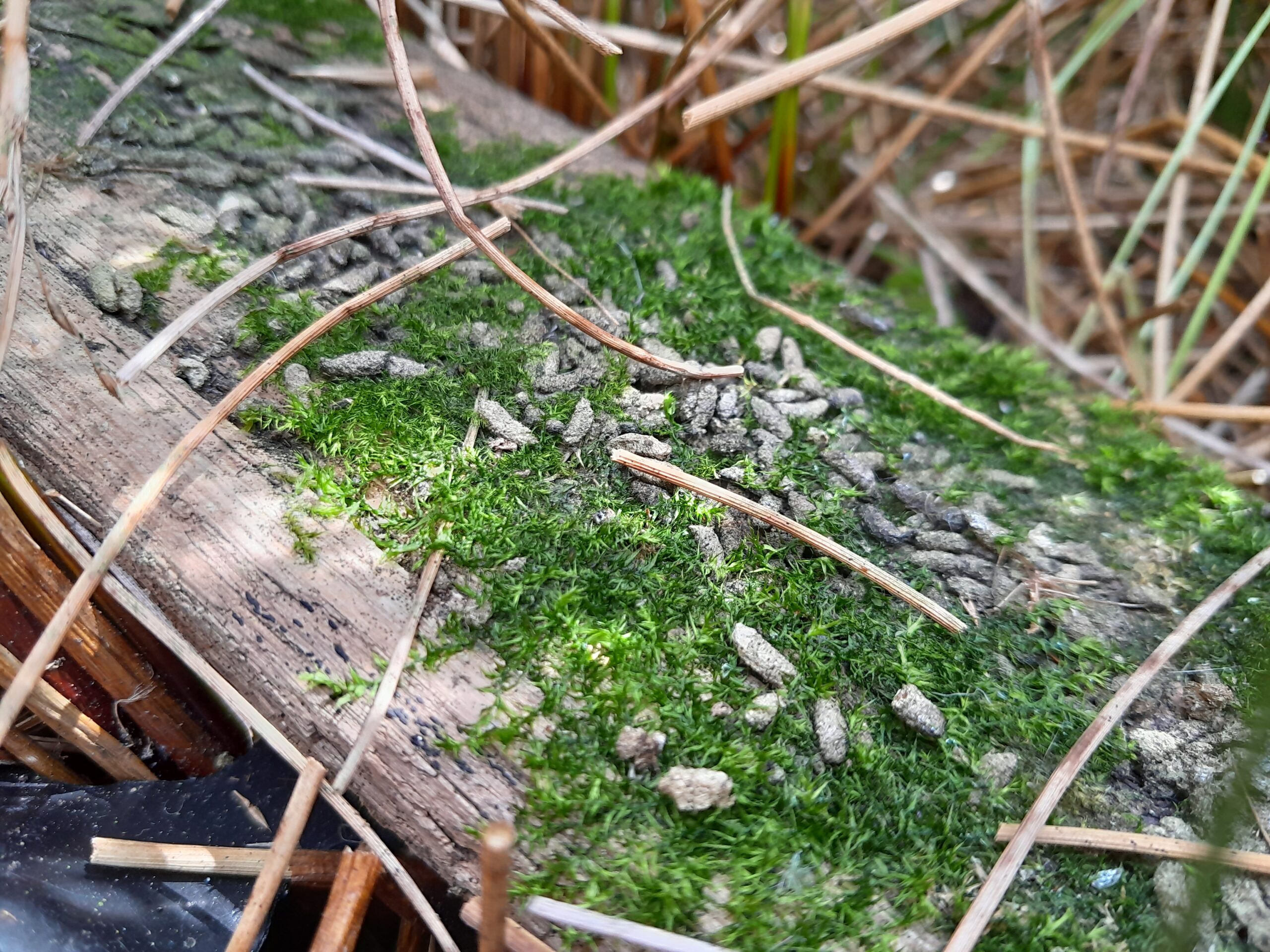
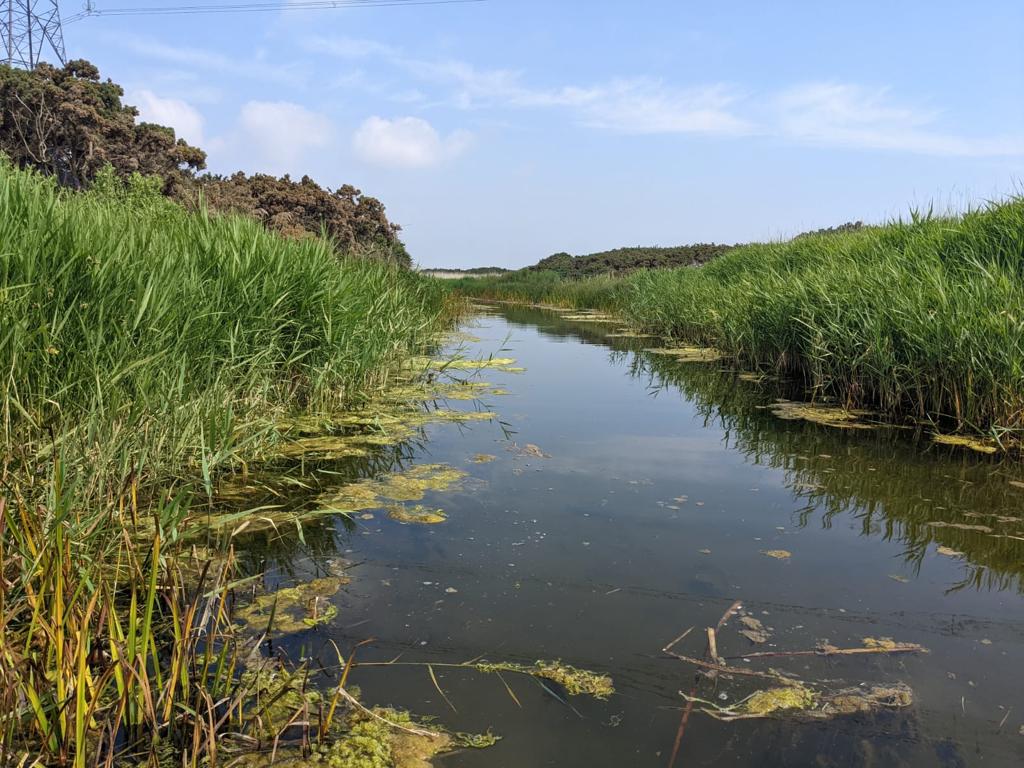
Rat Control and Water Vole Conservation
What the Law Says
Water vole habitat is protected under Schedule 5 of the Wildlife and Countryside Act 1981. This means that it is an offence to damage, destroy or obstruct access to any structure or place that water voles use for shelter or protection and to disturb a water vole while it is using such a place.
How to Control Pests when Water Voles may be Present
If there is any uncertainty about whether voles or rats are present, the Environment Agency (EA) should be contacted for advice. Existing records can then be checked prior to implementing any control.
Avoid the use of poison where water voles occur. Do not place poison inside burrows. It is illegal to block or obstruct water vole burrows.
If poison has to be used, it must be enclosed in a bait box. This should be placed at least 5 metre from the waterway. No poisoned grains or pellets should be used. Use soap blocks instead.
Grants
Countryside Stewardship Scheme
Any landowner who is interested in more information on the Countryside Stewardship Scheme (CSS) can contact the RMCP. The CSS pays grants to landowners to undertake a range of works and changes to land management, which can benefit, amongst other wildlife, the water vole. CSS has Annual Payments and one off Capital Payments. A few of the relevant options are listed below.
CSS Annual Payments
Uncropped ditch margins (2m or 6m) to provide habitat at the edge of the arable crop.
Water level and ditch management.
Arable reversion.
CSS Capital Payments
Ditch restoration
Pond restoration and creation.
Summary of the survey results on the Romney Marshes
The Romney Marsh Countryside Partnership, funded by the Environment Agency, has been surveying for water voles and monitoring populations within the Romney Marsh Natural Area since 1997.
Approximately 400 water vole ditches have been recorded, making the Romney Marsh a nationally important stronghold for the species.
10 one kilometre squares were chosen for monitoring in 1998. These have now been surveyed at the same time of year for four consecutive years and showed populations increasing or remaining stable from 1998-2000, but declining sharply in some squares in 2001.
A decline in water vole numbers from 2000 to 2001 is probably a result of extensive flooding in the autumn of 2000. Water voles would have been driven from flooded burrows and exposed to an increased risk of chilling, hunger and predation.
Dry summers in 1996 and 2001 resulted in many ditches becoming dry and water voles being lost. The problem is exacerbated by water abstraction in arable areas. Continued monitoring will be important in assessing the long-term effect of water level fluctuations on water vole populations.
To find out more Water Voles and watery wildlife visit www.environment-agency.gov.uk
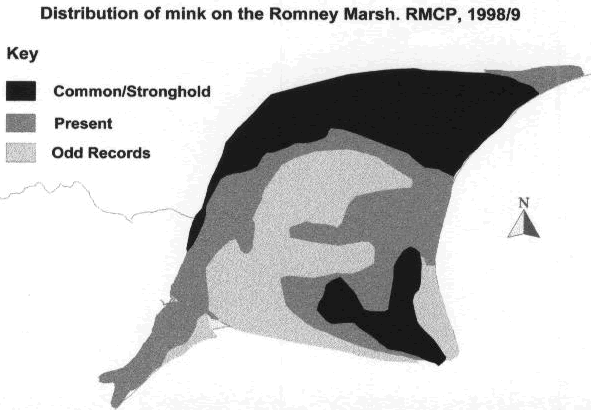
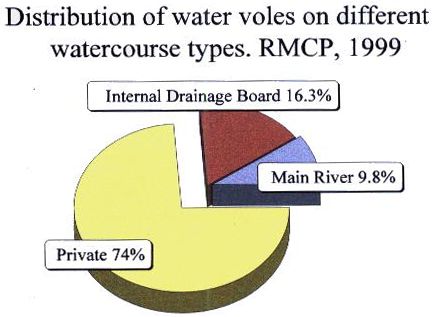
Summary of the Survey Results on the Romney Marshes. The Main Factors Influencing Water Vole Populations on the Romney Marsh:
Climate
Climate has a great impact on water vole populations and it is suspected that harsh winters combined with dry summers could have caused a population decline in the mid 1990’s with a more recent recovery in the population due to subsequent more favourable climatic conditions. See graphs 2 & 3.
Water Level Management
Stable water levels are important if burrow systems and bolt holes are to be effective for breeding and as a safe retreat. This is not possible on the Marsh due to the requirement for drainage and abstraction. The drying out of habitat has been observed as limiting population spread in certain parts of the Marsh and low water levels force voles out of private ditches and onto the larger more heavily maintained water courses. Protracted winter flooding on areas of grazing marsh is also known to be detrimental to water voles.
Ditch Maintenance
Modern mechanisation of dredging and weed-cutting is detrimental to water voles either by direct destruction of habitat or by increased predation through the removal of cover. Work is underway to find methods of ditch maintenance which is more freindly to the water voles.
Mink Predation
Mink are widespread on the Marsh and have co-existed with water voles for at least 20 years. Many landowners trap mink on the Marsh and this helps to keep numbers low, however in areas where mink occur in high numbers such as in the north east of the Marsh and on the Royal Military Canal water voles are absent. Mink tend to occupy the larger main rivers and this could explain the water vole strongholds occuring on the secondary, smaller ditches.
